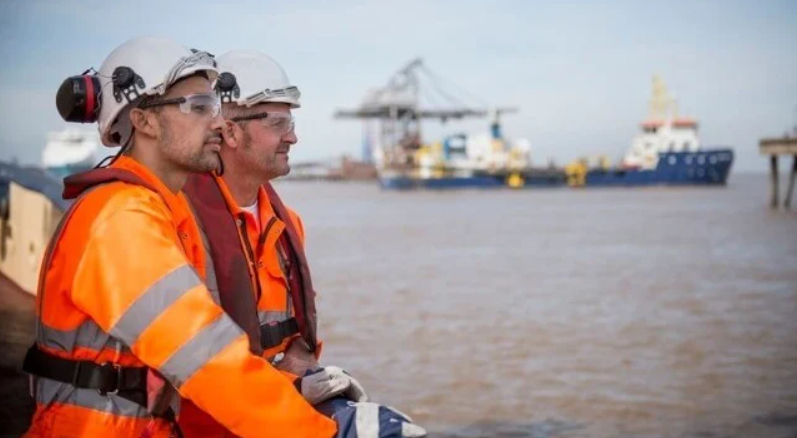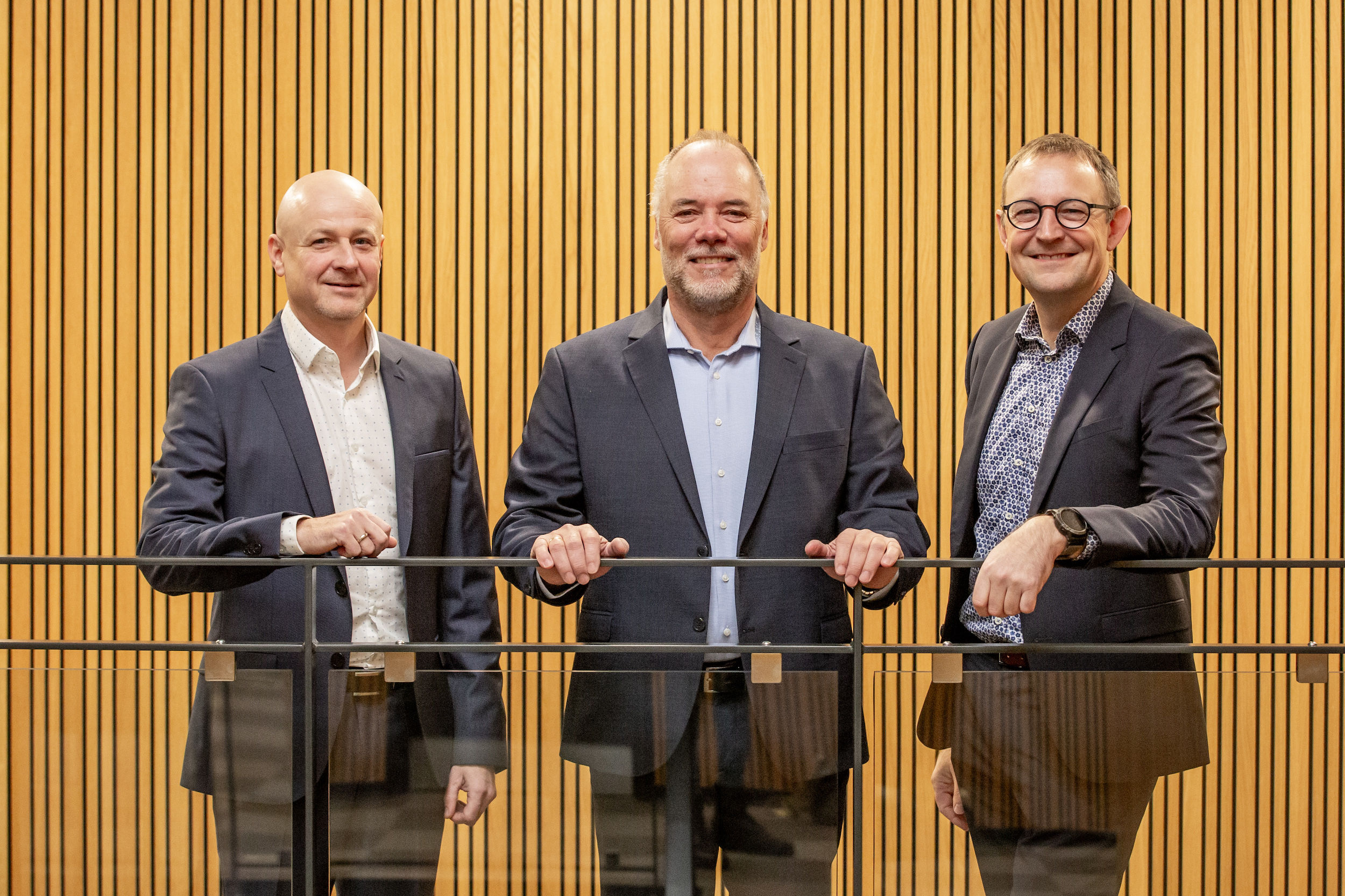A new regional strategy and action plan to improve marine biosecurity through biofouling management in Latin America has been developed and agreed during a regional meeting in Guayaquil, Ecuador, from 26 to 27 September.
The meeting was steered by the Comisión Permanente del Pacífico Sur (CPPS) and IMO’s GloFouling Partnerships project.
The GloFouling Partnerships project is a collaboration between the Global Environment Facility (GEF), the United Nations Development Programme (UNDP) and IMO which addresses biofouling – the accumulation of algae, animals and microorganisms on the surface of ships.
Biofouling plays an important role in the transfer of invasive aquatic species (IAS) from one region to another.
Addressing biofouling improves marine biosecurity. Reducing biofouling also contributes to the reduction of GHG emissions from ships.
The Regional strategy and Action plan on biofouling management in the Southeast Pacific (Latin America) includes multiple activities on different aspects of biofouling management to be implemented in the next five years and is expected to support actions already in place to prevent ballast water-mediated invasions and contribute to marine biosecurity across the region.
Participants to the regional task force meeting included a mix of marine biology experts and policymakers representing CPPS partner countries (Chile, Colombia, Ecuador, Panama and Peru), plus an additional two countries (Argentina and Mexico) that were invited to witness the discussions and contribute with their own experience.
Later in the week, in support of the newly developed action plan, a cross collaboration between CPPS, the Smithsonian Institution and IMO brought together marine biologists from the five coastal countries in the Southeast Pacific for a practical training on a harmonized methodology for sampling fouling species in ports.
All participants pulled out settlement plates planted earlier at two different ports located south of Guayaquil, and then performed two types of analysis.
Dr Gail Ashton, from the Smithsonian, guided participants through a morphological review of the samples to identify and classify species based on their taxonomy, and then explained two different methods to prepare samples for an eDNA analysis.
Each country will now replicate the same survey in their national ports, applying the standardized sampling methodology that will help to establish a baseline of existing species. They will be able to monitor future effectiveness of biofouling management policies.
In another meeting the same week, IMO met representatives from the National Park of the Galapagos Islands, the Charles Darwin Foundation, the Ecuadorian Ministry of Environment, the Coast Guard and Marine Environment Agency (DIRNEA) and CPPS to plan an international workshop on prevention, early detection and rapid response to invasive aquatic species transferred through biofouling on ships in marine protected areas (MPAs).
The global event under the GloFouling Partnerships project is scheduled for 2023 and will focus on practical demonstrations of methods and technologies applied to marine biosecurity in MPAs.














